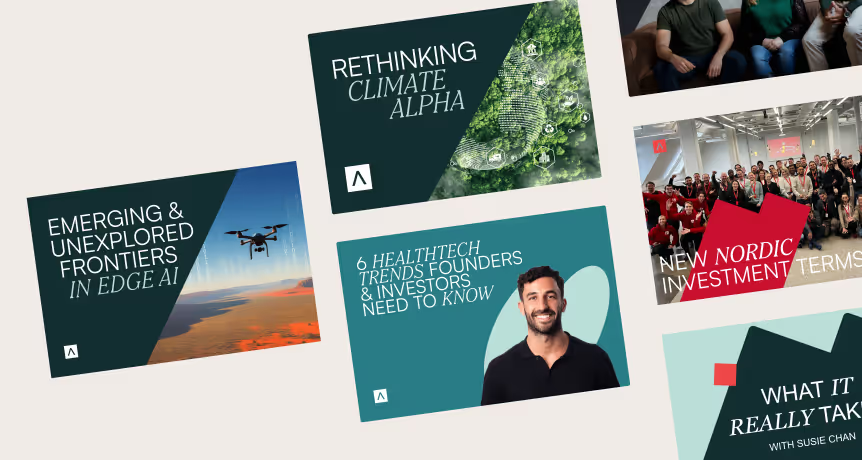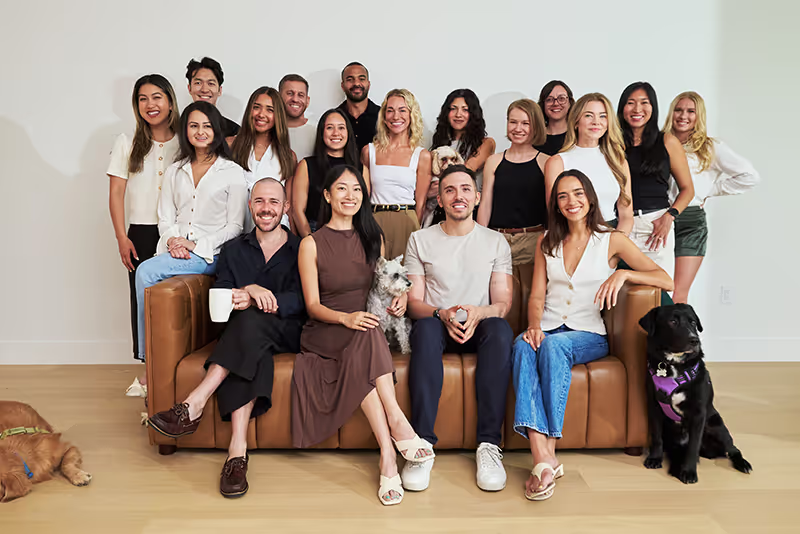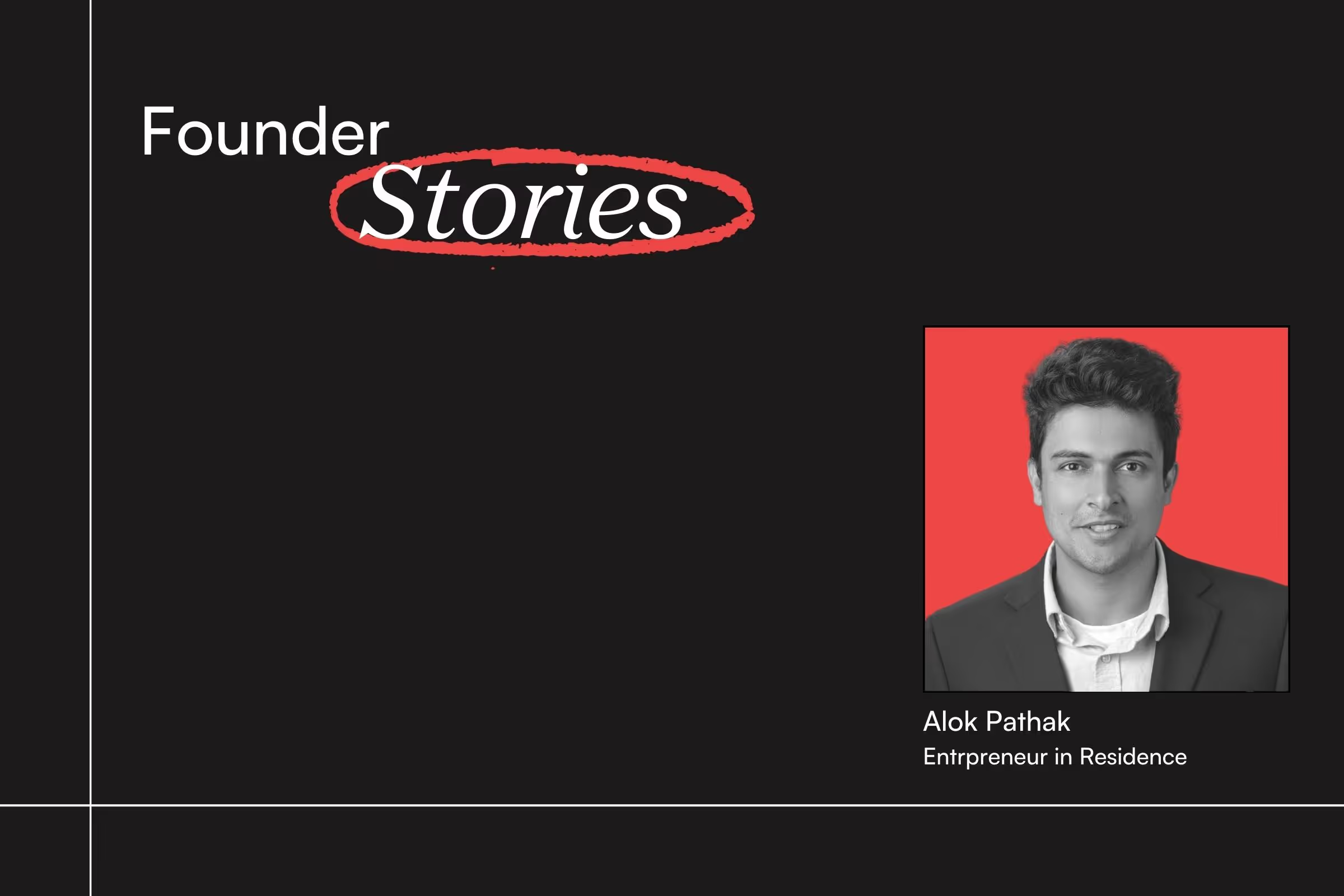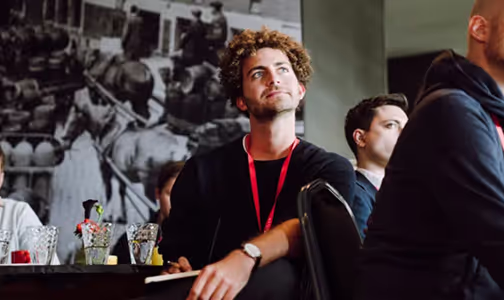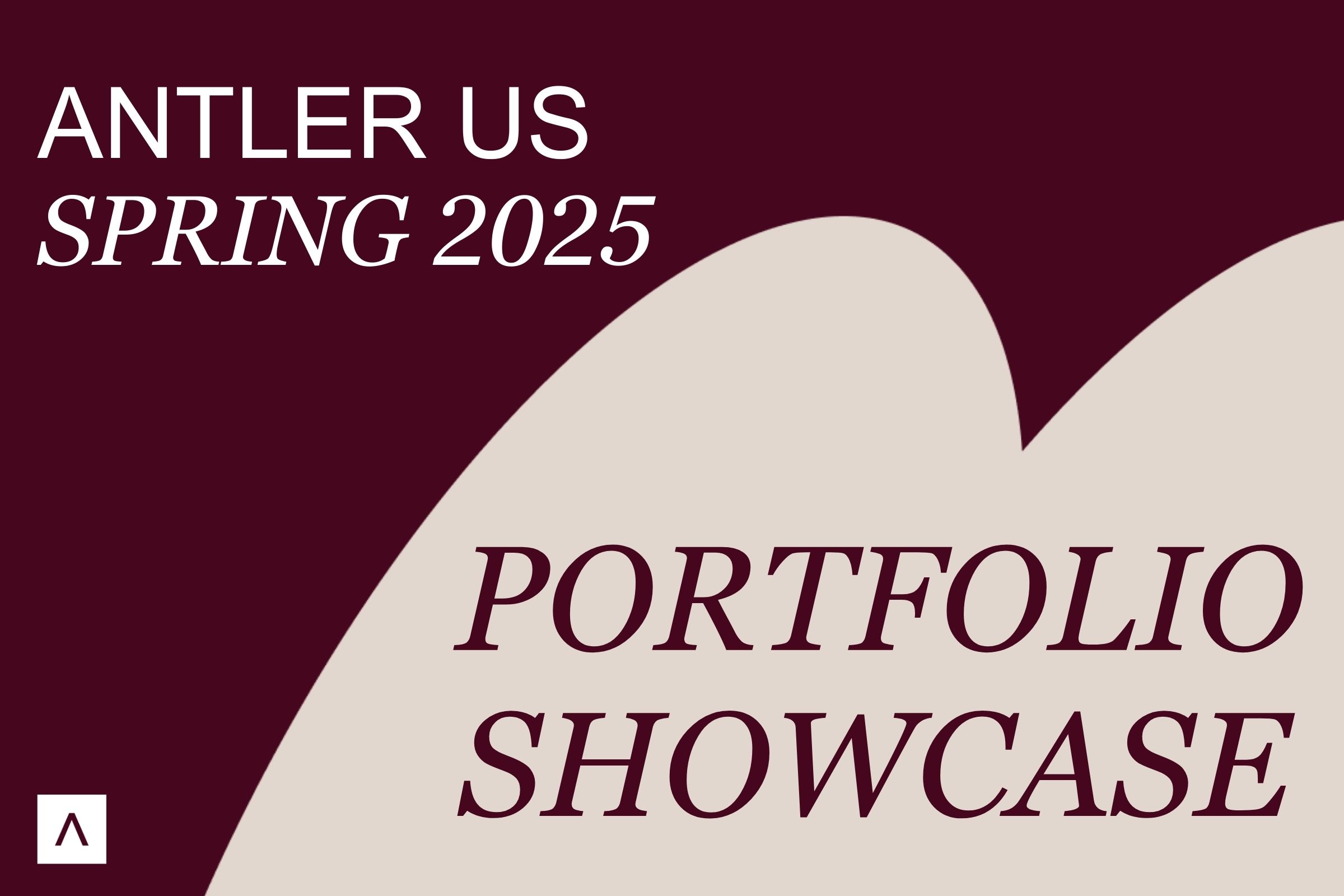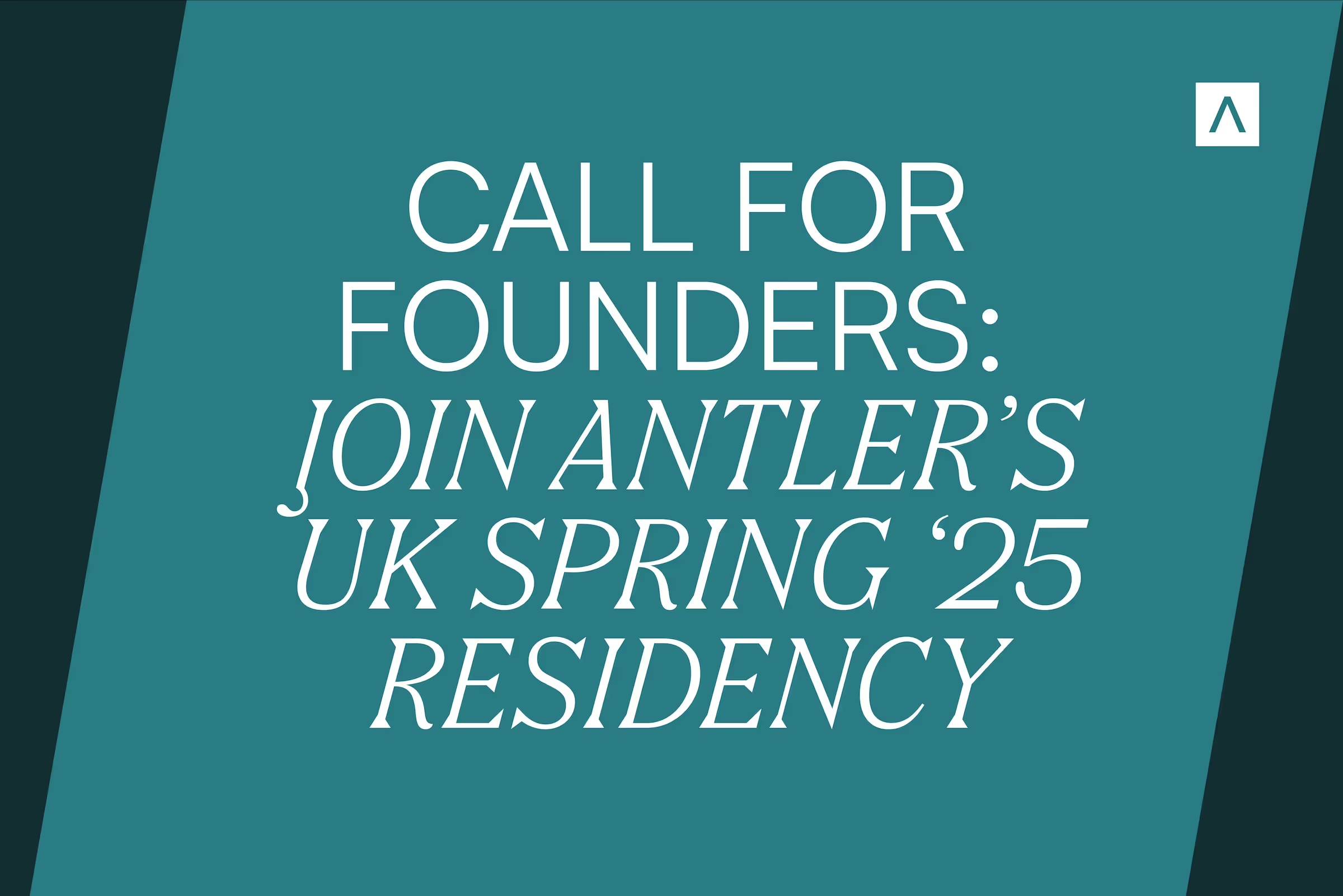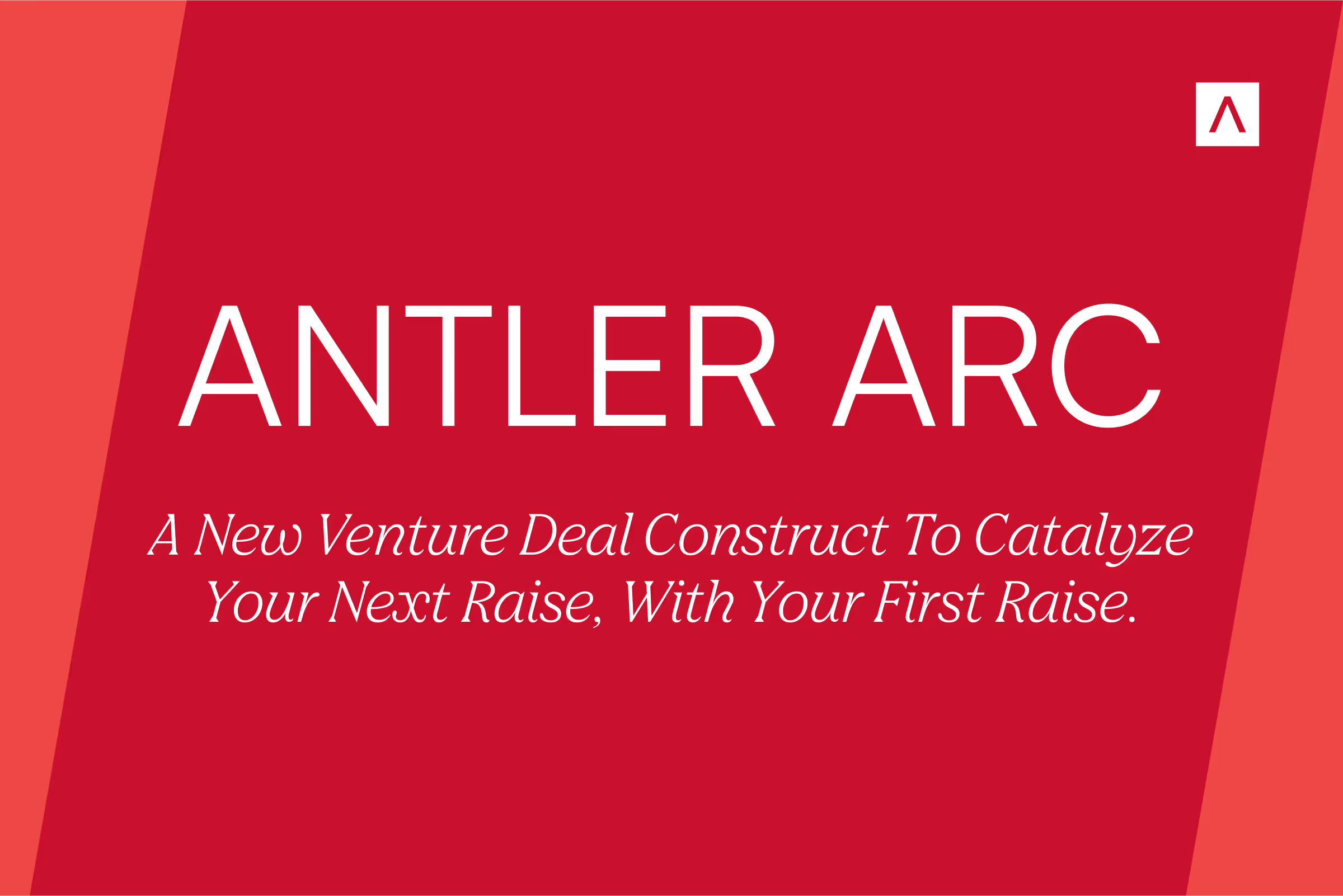Tell us more about yourself.
I am an electrical and communications engineer by training with close to a decades' experience in building full-stack softwares in communications, imaging and signal processing. Basically, the tiny moving parts that make up your electronic devices. At the present moment, we are building a "human-in-the-loop" robotics solution with Cognicept, targeted at solving inaccuracies around the usage of robots. As advanced as they are, robots make mistakes and we are developing a whole new way of solving these errors. These advances will help drastically minimise downtime which aids them in being effectively deployed in logistics, warehouses, service industries and more.
The first chance I got to build a product was during my undergraduate years, I built a super geeky WiFi-MIMO transceiver system. One of the first few at that time. These days, a system like this is present in every household in the form of a Wi-fi router. It wasn't the fastest of all, but for a proof of concept, we did great.. up until we blew it up.
My second product was back in 2012 with A-Star when I designed and coded a portable remote tracking device for cars. The idea to use GPS wasn't new but we wanted to build something on existing technology that could be used economically, specifically for lower-income communities. We placed the device in a moving car, allowing for side server tracking through simple SMS interactions in the vicinity. It was primarily designed to help developing countries. It's funny that we forecasted the need for 3G connections on the go, but assumed developing countries would not be able to afford this privilege. (Clearly got that one wrong!)
At the onset, once you've landed on an idea, your product should start with a loosely defined linear entity - "an X that does Y". The first step is to comprehensively understand the scope of the device and decipher, as much as you can, the many directions and pivots that product may take in future.
The process of development is like any other :
Prototype-> Product-> Testing-> Party
I always start with a small prototype or demonstration - primarily to give me confidence that I can do something with the available tech. Matlab, Python or simple C are good platforms for this. For websites and apps, there are plenty of online tools to drag-drop and test your app. Ideally, this process shouldn't take more than 1-2 weeks or 3-4 weeks for a complex product.
For the actual product development, I prefer a modular design method - meaning, you break down your product into a sum of its smaller components, most of which can be edited, added or removed from the main design over time. This allows for fluidity as your plan evolves through the different product building stages. For a software-based product, it is important to understand various design patterns in software development. There is a book on this by Gamma, Helm, Johnson - almost like a bible for design patterns. I don't suggest you go through each one of them, but at the very least, have an idea of all the available methodologies. On the flip side, when working with hardware, you are often dependent on external players and elements. The best way to work around this would be to incorporate both hardware and software at an early stage such that both processes can learn from each other, and refine and evolve concurrently towards a more rugged product.
Lastly, comes the testing stage which involves less theorising and more rigorous hands-on work. This is what takes up a bulk of your time and energy, but is extremely necessary if you want to validate your business. Typically a month-long process which tests your product in as many permutations, scenarios and environments, as possible.
What has been your most proud build to-date?
My most defining period as a product builder was my time with Attonics Systems. I was given the freedom and opportunity to build software suites and an entire signal processing framework from scratch. This was designed specifically for super compact, real-time, ultra high-resolution spectrometers at that time. The spectrometers were a revolution in itself, bringing in virtues that would take specific devices out of the lab and straight to consumers for a myriad of generic applications.
Normally, whatever colour you see is dependent on the light around you. For instance, a blue fabric would look different in white versus yellow light, which gives way to colour metamerism. The spectrometer we built was a point-and-shoot device which generated an exact colour match - in real time with high resolution and maximum data - something that was lacking in conventional, diffraction-based spectrometers. This had many real world applications in healthcare, dentistry, FMCG, colour dyes and more.
This project demanded super powerful real-time results which were intuitive and consumer friendly. It made up the bulk of my work for four my years with Attonics Systems. I focused on building the entire software technology stack around the company's two flagship spectrometer projects. It was definitely very rewarding.
What advice would you give to aspiring entrepreneurs who want to run their own technology-driven businesses?
Beyond the operations and business development part of it, which I believe is the most essential part of being in a "business", a few other aspects would be:
1. Break down your product: Find a way to break down your product and it's cycles. What do you want at the end of the day? Is it a device, a framework or an algorithm? If it's a device, break it down into its different parts. What kind of product is it? What fundamental attributes does it need to possess in order to deliver optimum results? For instance, does it require a 24/7 services platform that cannot afford to break down at the expense of losing business? Is it a music application that cannot have any latency whatsoever? Are you building a device that purifies water?
2. Don't be afraid to enlist help: If you are absolutely certain that the tech is beyond you in the short run, approach people who have the expertise to do so. If you have trouble finding the right fit, look for the immediate overlaps within different industries. For example, low latency developers exist in robotics and trading industries as both require products to be built with a delay in microseconds of magnitude.
3. Communicate: Effective communication goes such a long way. Whether you're the one directly building the tech or not, make sure that you understand all aspects of the business. The power to translate your business model to various partners, investors and staff, who are not trained in your technical field, is immensely important. If you don't know how to effectively communicate your own tech stack to the average man, then no one is going to take you or your business seriously.
4. Time management: A super valuable resource to master, time management. Never get caught up or unnecessarily intimidated by the workload. Simply tackle one problem at a time, fill in the blanks whenever you need by sourcing for unorthodox solutions, getting a third persons ‘opinion or enlisting help.
5. Startup ecosystem: Keep up-to-date on the inner workings within the startup ecosystem of your chosen market. Conduct research on the right benefits and leverage off government backing and policies that favour the startup community. For example, in Singapore, there are tonnes of grants for tech startup founders. Two big ones are the SG Founders grant for first-time founders and the POC grant by Enterprise SG for anyone looking to develop novel hardware/software tech prototypes.
6. Support system: I believe that I am a product of all my experiences. A sum of all the different parts which include my family background, education, my mentors, peers and leaders. I couldn't have survived through the highs and lows of entrepreneurial life without having such a great group of confidantes and cheerleaders.
7. Mentorship: Never discount the benefits of having a network of mentors and advisors. I was fortunate enough to grow under excellent mentorship and leadership during my time with A-star and Attonics. This allowed me to further hone my knowledge and experience in product building.
I've been on this side of the world for the past six years and it's safe to say that I'm still learning and growing. Being able to build something of my own is incredibly rewarding, I'll recommend that anyone try the startup journey at least once. It's totally worth it.
Alok is a current founder with Antler's inaugural cohort in Southeast Asia.
